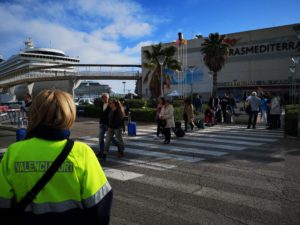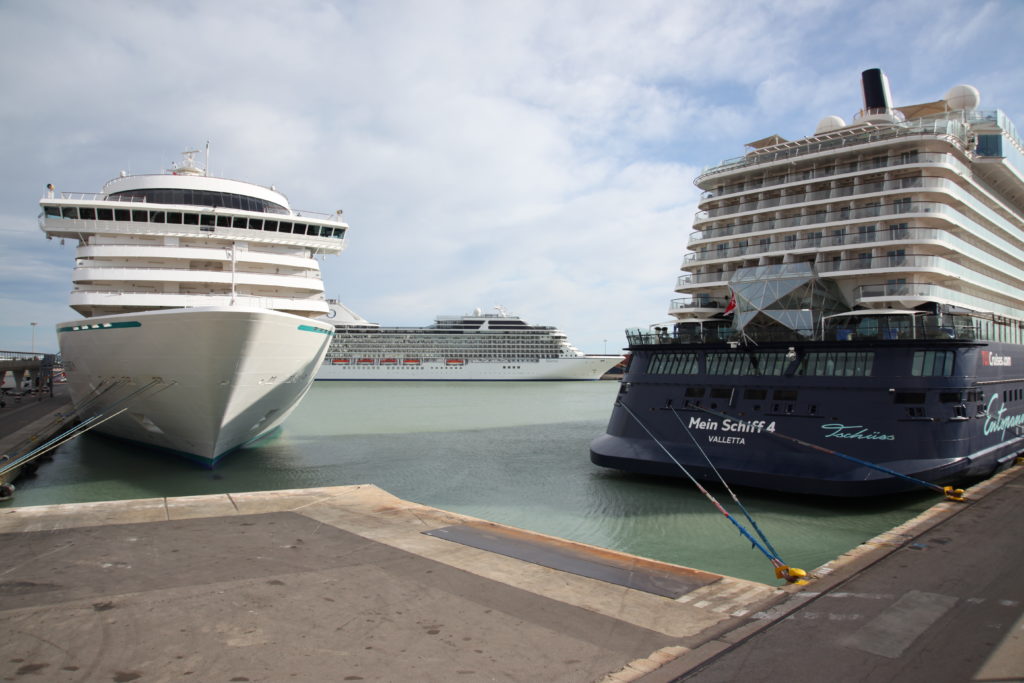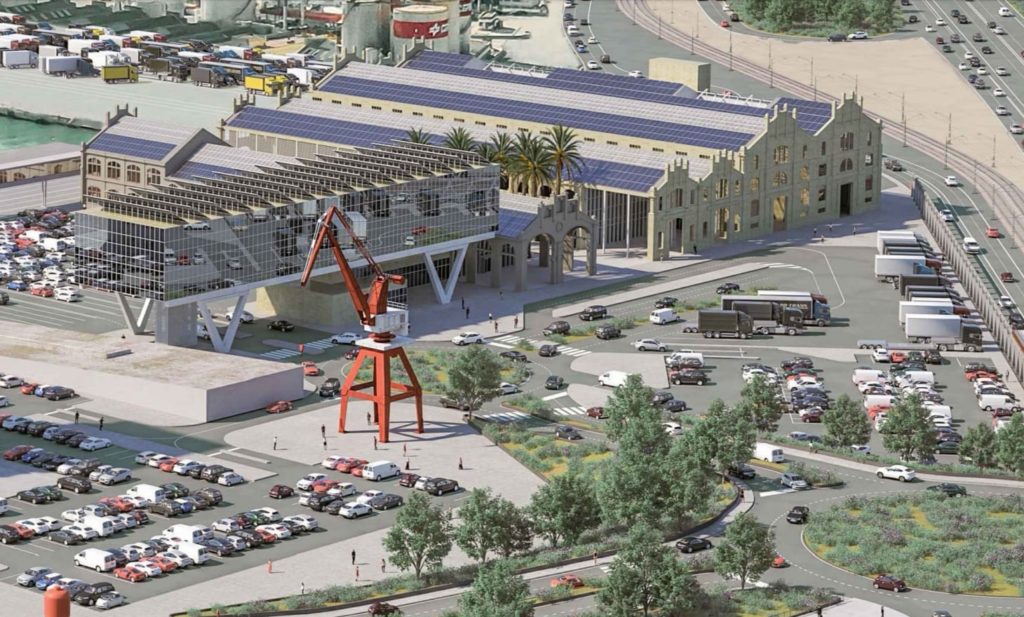
A study of the Economic Impact of the cruise sector conducted by the Valenciaport Foundation puts the expenditure of each cruise passenger who disembarks at the Port of Valencia at 146.5 euros
The activity of the cruise ships arriving at the Port of Valencia generates 637 jobs in the productive network
Valenciaport and the cruise community are working on a diversified offer, guided experiences and “bubble” excursions to guarantee the safety of citizens and cruise tourists
The cruise tourism that comes to the province of Valencia is of increasingly higher quality and a lover of Valencian culture and a destination that is far from saturated.
València, March 10th, 2021.- The crisis generated by the Covid-19 pandemic has paralysed many economic sectors, some of them, such as tourism, of great importance for our country and for regions such as Valencia. And among these visitors arriving in our territory, one of the most affected has been the cruise passenger. The virus paralysed cruise tourism worldwide. In Spain, since the central government decreed a state of alarm and banned this activity (as in the rest of Europe), there has already been a year without cruise ships, except for the Canary Islands, which began operations this winter with coastal cruises. An inactivity of a sector that in the case of Valencia has lost 56 million euros; an amount that the transport service companies and the tourist destinations of the Cap i Casal and the province have lost.

Each cruise passenger who disembarked at the Port of Valencia (383,000 in the consolidated financial year of 2017) made an average expenditure of 146.5 euros; which leads to a generation of economic activity of 56 million euros. A disbursement that benefits València city and more and more municipalities with offers to attract this type of visitors. This is the amount of economic impact that cruise activity has on the city of Valencia and its area of influence, according to a study carried out by the Universitat Politècnica de València (UPV) and directed by the Valenciaport Foundation within the framework of the European Union’s Co-Evolve project.
Cruise tourism allows activity in shops, museums, restaurants, etc.; but it also generates economies in the transport, taxi, security and port services sectors. The UPV’s breakdown shows that the cruise community generates a turnover of 25.3 million euros. Of this, 17.5 million euros correspond to cruise passengers, 7.2 million euros to the companies involved (pilots, tugboats, shipping agents, terminal, tour operators, Port Authority…) and 0.6 million euros to the crew. From this initial outlay, an additional turnover of 30.7 million euros is generated in the Valencian economic sectors; a figure that results from the expenditure made in commerce, hotels, transport, cultural services and food, among others.
Impact on employment
Thus, the figure generated by cruise activity in the city of Valencia and the surrounding area of 56 million euros is due to the 25.3 million euros of initial spending by the cruise community, which has a multiplier effect of 1.21 euros on the Valencian productive fabric of 30.7 million euros.
According to the study by the Polytechnic University of Valencia, the activity of the cruise ships arriving at the Port of Valencia creates 637 jobs in the economic sectors of the city, mainly in the hotel and catering trade, commerce, transport and cultural and recreational services.
Spending from Europe
Cruise passengers who visit the province of Valencia are lovers of gastronomy, handicrafts, the environment and the singularities of Valencian life; preferences that they find in the Valencian Community, far from any kind of saturation, as is already the case in some destinations.
The data in the report show that most visitors come from Europe: 19.3% from Italy, 19% from Germany, 17.9% from England and 10.6% from France. Among the countries outside the old continent, 10.2% of tourists came from the United States.
The average length of stay of these visitors in Valencia is 4.1 hours for cruise passengers who have booked an excursion and 4.7 hours for those who disembark without a guided tour from the ship.
The average cruise tourist who calls at València is 52 years old. By age group, 37.9% are over 60 years old, 33.2% are between 41 and 60 years old, 15.4% are between 21 and 40 years old, and 13.6% are under 20 years old. In terms of gender, 52.4% are women and 47.4% men.
Safe activity
Despite the halt in cruise activity, the PAV is working in coordination with the sector (shipping companies, tour operators, issuing markets and public institutions) on “safe tourism” with strict safety protocols and new routes that diversify the range of excursions offered by the ships docked in Valencia to prepare for the new normality and receive cruise passengers arriving at the Port when the different Administrations give authorisation for these operations.
In addition to the demanding protocols established by the shipping companies to increase the safety of the destination, passengers and crew, the PAV and the cruise community have drawn up a diversified tourist offer within the city and its surroundings with “bubble” excursions for when the central government authorises the arrival of cruise ships. These protocols establish exclusively guided excursions, with no possibility for passengers to go down to the destination on their own, small groups and more outdoor experiences, among others.

New Ecological Terminal
Among Valenciaport’s new developments for the sector is the new Passenger Terminal at the Port of Valencia; facilities which have incorporated the environmental improvements proposed by the City Council of Valencia and which will occupy approximately 100,000 m2. The new passenger terminal will be used for both regular ferry lines and cruise ships.
The project guarantees that 100% of the electrical energy necessary for the operation of the terminal will be produced in the facilities themselves, and will be of renewable origin, will operate with zero polluting emissions and will be committed to the circular economy. The facility is also committed to a significant reduction in noise, as all the berthing lines will be technically equipped to supply electrical connection to the ships, thus facilitating the shutdown of their engines and emissions when they are visiting València.

